They’re right behind me, but I don’t want to turn around. The rumble of growls mixed with gunfire tells me it’s not just cultists on my tail anymore: the hunt is on and I’m the prey. I could try and take them, but with no med kits and limited ammo, I would be vamp food in no time. But my attempt at evading my hunters is futile. The brainwashed humans have peeled off the pack, but the bloodsuckers have swooped ahead of me, joining the vampires lurking by my so-called sanctuary. I’m surrounded.
Just as I think things can’t get any worse, a flame-haired vampiress decides to get in on the action. While the other vamps look like they’ve all picked up one of three costumes from Spirit Halloween, the fiery-eyed Angler, with her flowing black gown and Troll doll hair, is more akin to your friend who is half-decent at cosplay. She whips out a flaming lasso and pulls me in as her underlings try to claw at me. Suddenly, the fast-paced action grinds to a crawl. My screen jumps about, each movement like it’s under the gaze of a flashing strobe light. I’m completely disorientated and—frankly—frustrated. After all, since I started Redfall, I’ve been battling bugs and performance issues. I just wish Arkane Studios Austin’s co-op shooter was gripping enough to make them worth wading through.
Welcome to Redfall
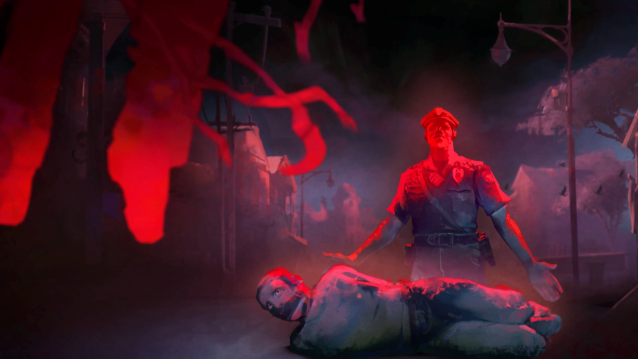
Having been overrun with vampires, who have blocked out the sun and cut off the town’s citizens from the outside world, the picturesque island town of Redfall is being bled dry. As one of four heroes, you need to drive the vampires out of the town’s neighborhoods and unravel how this legion of bloodsuckers managed to take over in the first place.
The open world of Redfall consists of two maps: Redfall Commons and Burial Point. Each is broken up into neighborhoods you need to secure by completing safe house missions, before ultimately slaying the Underboss Vampire of the neighborhood and claiming its skull, these skulls are required to take on the game’s Vampire Gods later on.
The neighborhoods are quaint, with traditional New England architecture, but still feel sparse at times. While there are a handful of houses and shops you can explore in each neighborhood, many remain boarded up and inaccessible. Even those you can explore feel desolate, and not simply because of the vampires. You may find a safe, some cosmetics, or pieces of lore in these spaces, and, in some cases, you have to explore them as part of quests to pick up an item.
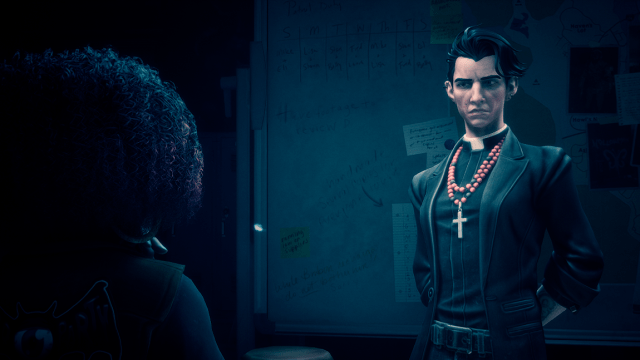
A lot of Redfall’s story is told through these pieces of lore you pick up, whether that be journals, Grave Locks, tapes, or otherwise. But there are so many pieces that I eventually became fatigued with reading and listening to them. By the end of my 20-hour playthrough, I had collected 141 pieces of world lore and was still unsure of aspects of the main story.
While this environmental storytelling will suit those who aren’t particularly interested in Redfall’s story, I found it made me less engaged with the world. This disinterest in the world of Redfall certainly wasn’t helped by the soulless NPCs or cartoony cut scenes, narrated by your hero, that play out every time you pick up a quest. Sure, it’s stylistic, as are the designs of the characters, but it created a barrier to immersion for me and generally made it difficult to keep track of what was going on in the main story. I regularly had to read my archives on the main story trying to make sense of it all.
From Dusk Till Dawn
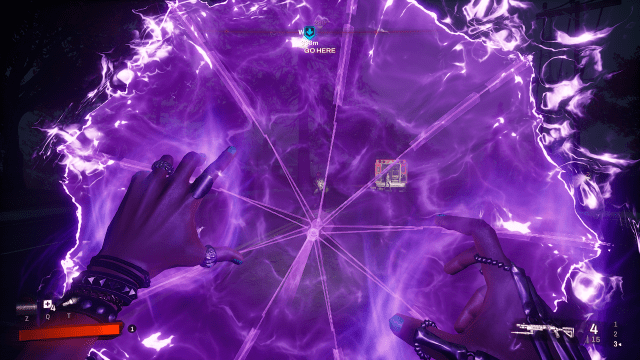
There are four heroes to choose from in Redfall at launch, with two more to arrive at a later date. Each of these heroes has their own unique abilities, two powers, and one ultimate. As you progress through the game, you earn skill points to spend in a skill tree to hone that player more to your own playstyle.
I picked Layla for this review. Her supernatural abilities intrigued me the most, but I was sorely disappointed when using them. Layla’s abilities are Umbrella, an umbrella-shaped shield that absorbs damage and then blasts it back to enemies, and Lift, which spawns a psychic elevator that Layla (or other players) can use to spring up into the air. Her ultimate, meanwhile, sees her call upon her vampire ex-boyfriend Jason to beat up enemies.
While Layla’s ultimate is helpful when you’re surrounded by enemies, I didn’t use her other two abilities very often. Umbrella, for the most part, isn’t particularly useful against vampires, while I could never quite get Lift to actually land on enemies, instead using it to help myself get up to cliffs I was unable to climb.
Even in co-op, Layla’s abilities didn’t feel particularly useful. However, there is a synergy to Redfall’s multiplayer experience that isn’t present in solo play. As my friend’s Davinder used his Blacklight UV ultimate to blast vampires, freezing them, Layla and Jason smashed up the statues left behind. Team work makes the dream work, after all.
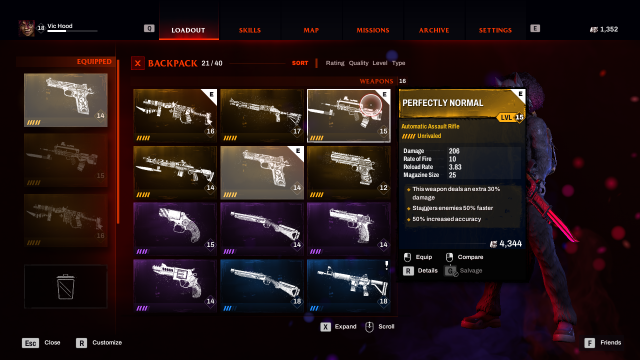
I mainly utilized Redfall’s wide variety of weapons instead of abilities in combat. Like any looter shooter, you regularly find new weapons and items in Redfall and will likely salvage many of them for coins and keep the strongest in your arsenal. The available weapons are all guns and range from the usual suspects, such as pistols and shotguns, to more vampire-killing specific arms, like stake launchers and powerful UV light guns.
These weapon drops are well-balanced so you’re more likely to find guns with higher rarity and power levels the higher your character level is. I regularly spent time debating which weapons I needed to keep due to the sheer amount of choice, often ditching common guns for unrivaled or superior alternatives. Being able to add a gnome-shaped stake cosmetic and butterfly skin to some of my favorites only made weapon selection sweeter. It felt a shame, then, that I ended up sinking my gnome into the same vampire models again and again.
But enemy models aren’t the only repetitive aspect of Redfall. Many missions feel similar to one another, with side quests largely comprising fetch quests, safe house missions rotating between a handful of formats, and main story missions following a similar pattern to each other.
With multiplayer playing such a large part of Redfall, I can see these aspects of the game, which should promote replayability (especially in multiplayer), getting stale very quickly. After just 20 hours, I felt bored of completing repetitive vampire nests and missions and certainly didn’t feel like reliving it all with another friend.
Bringer of Plague
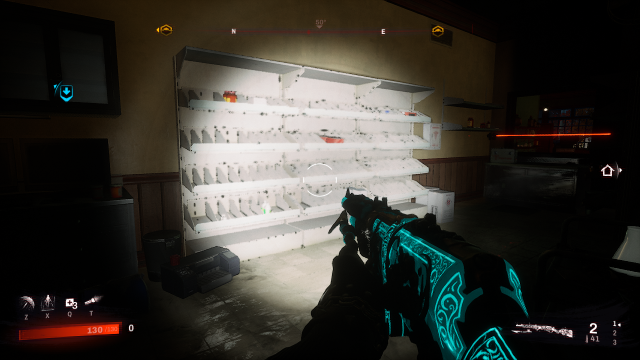
The biggest issue I had with Redfall was its overall performance. I played on a PC that more than met the required specifications for the game, and yet it’s perhaps one of the worst-performing titles I’ve reviewed to date.
Between constant texture rending issues that saw trees and shadows vibrating, frame rate issues, and my game downright crashing, playing Redfall was a dire experience. Whether I lowered the quality, turned VSync on or off, or changed other settings, I simply could not get the game to both look and perform well. When I got visuals to stabilize somewhat, the frame rate issues were more noticeable, and when frame rate issues settled a bit, I ended up with fuzzy objects and moving walls.
Arkane Austin Studios has said these are known PC issues and, just a few hours before the game’s launch, the developer rolled out a large update which has addressed some of the problems.
Even without the performance and bug issues, however, Redfall suffers from repetition, unoriginal features, and a story that can be hard at times to follow. Arkane’s vampire FPS is spookily stylish and, with perhaps more content added at a later date, has the potential to be a fun co-op looter shooter. But, at present, Redfall hasn’t got much bite to it.
Score: 4/10
Disclosure: Our review copy of Redfall was provided by Bethesda.


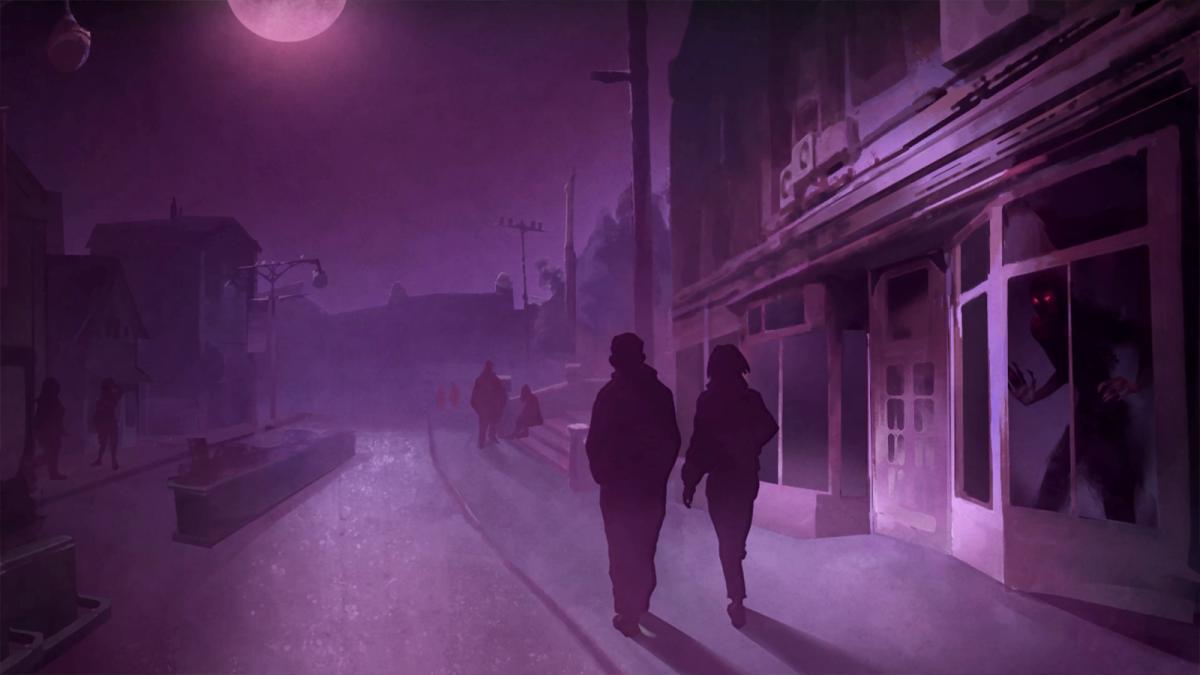
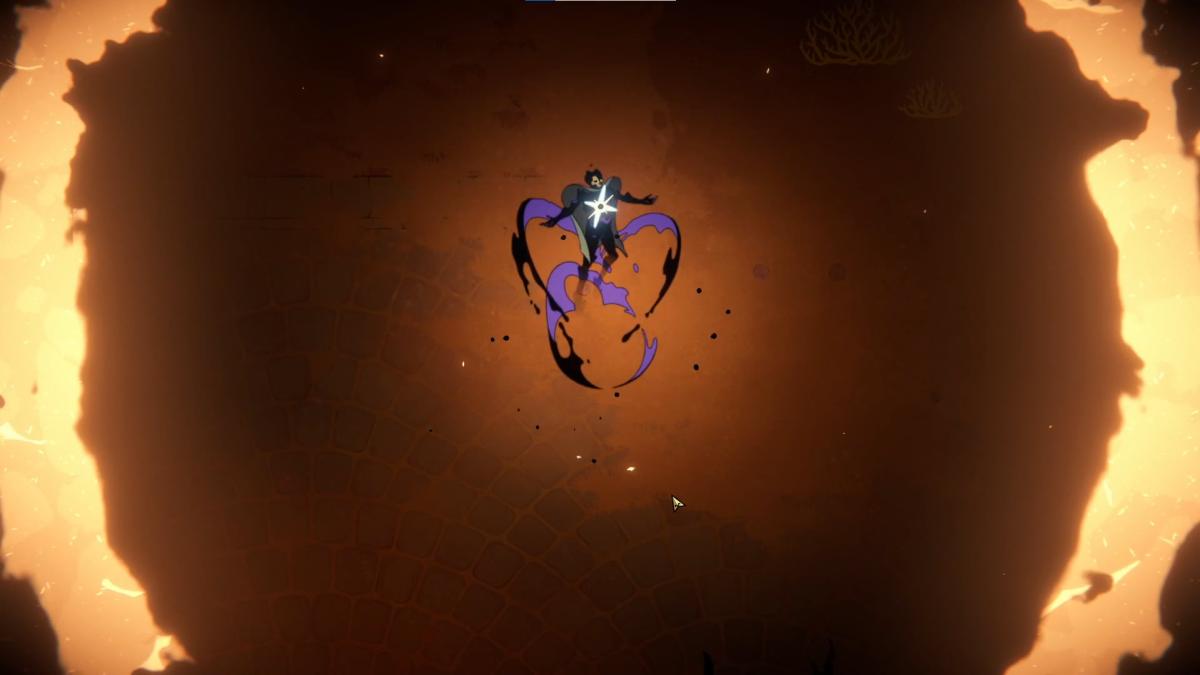

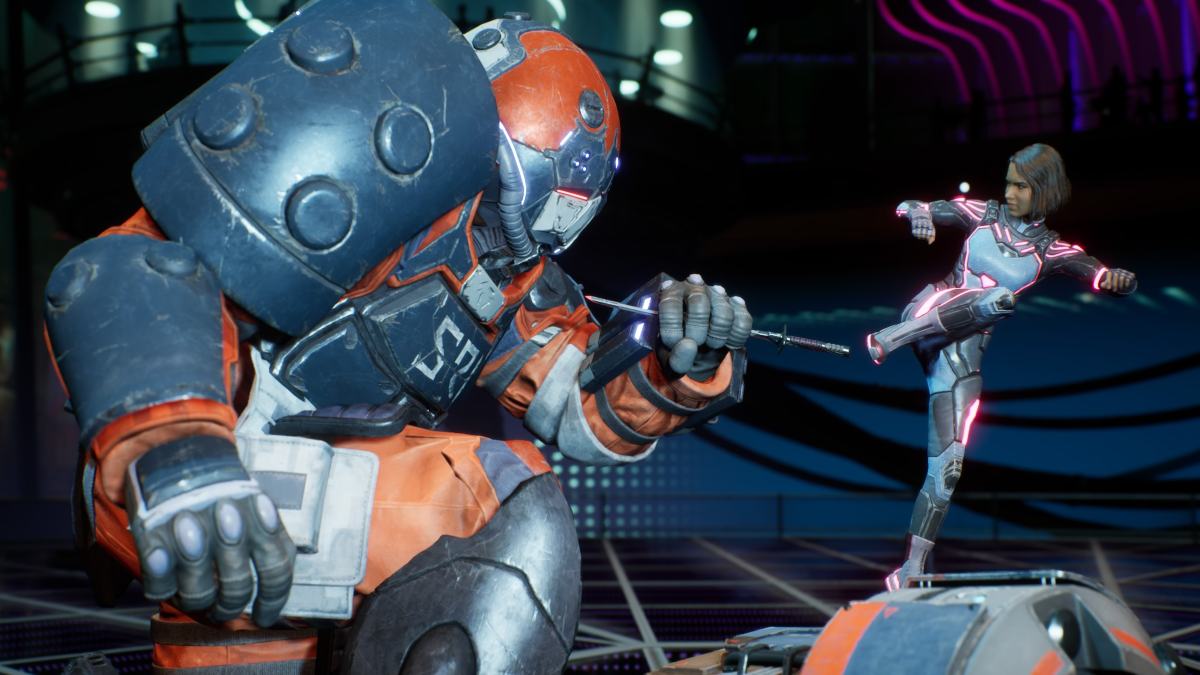


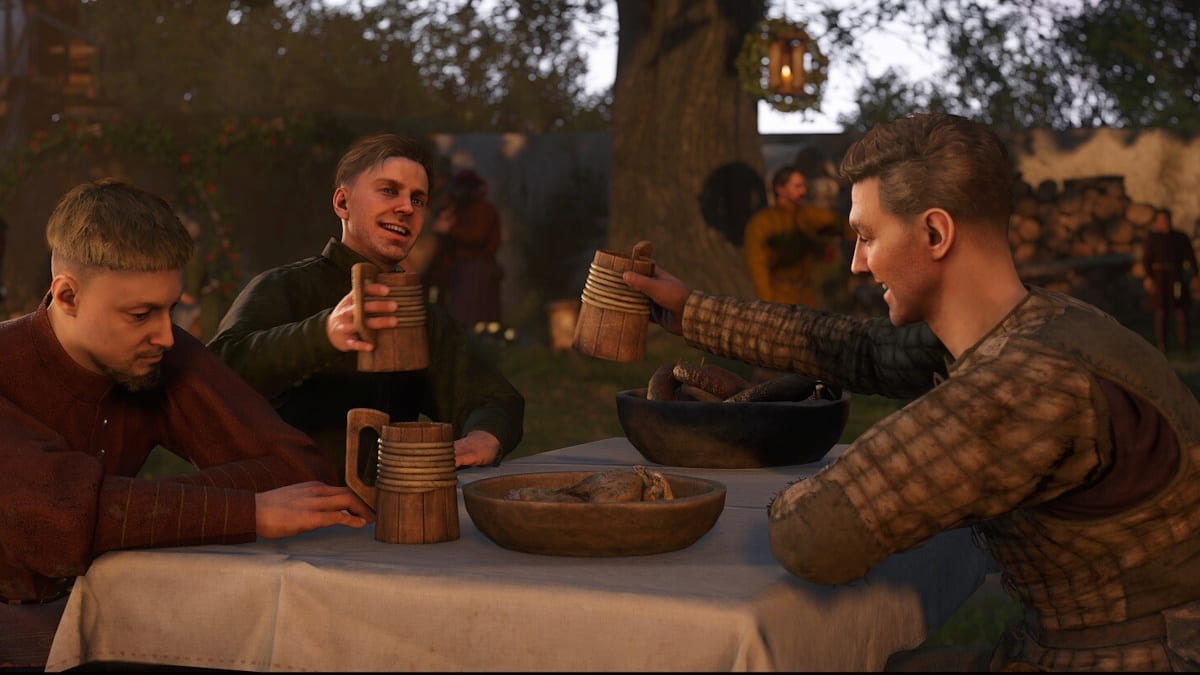
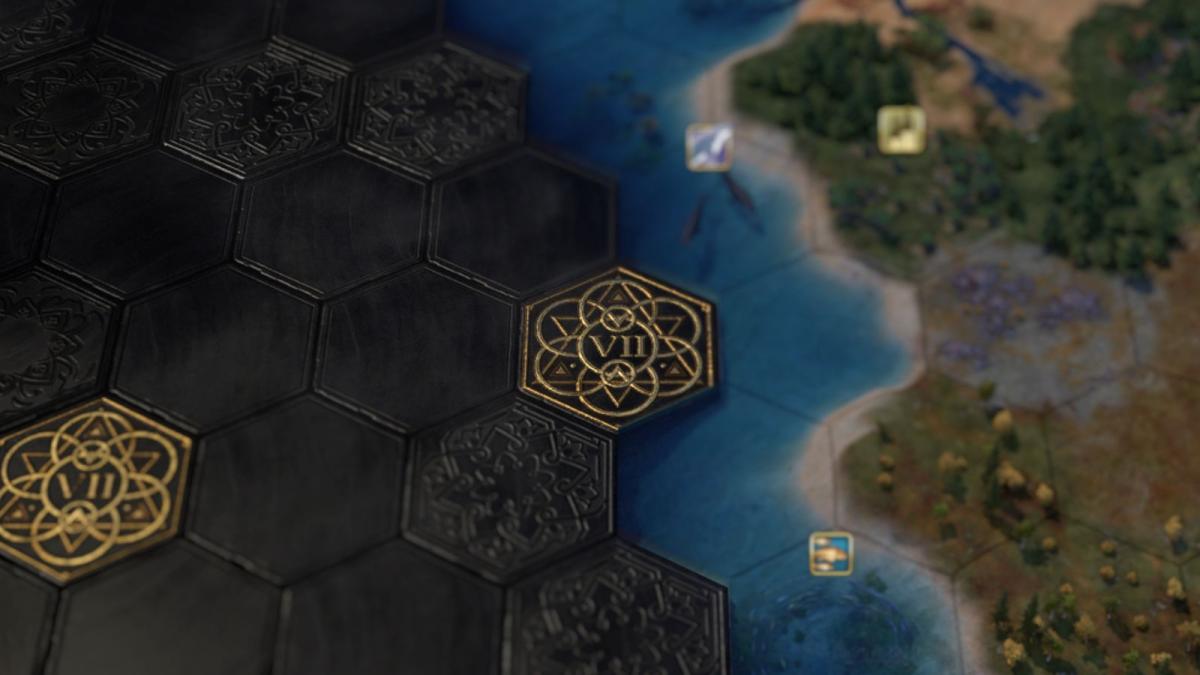



Published: May 1, 2023 07:01 pm